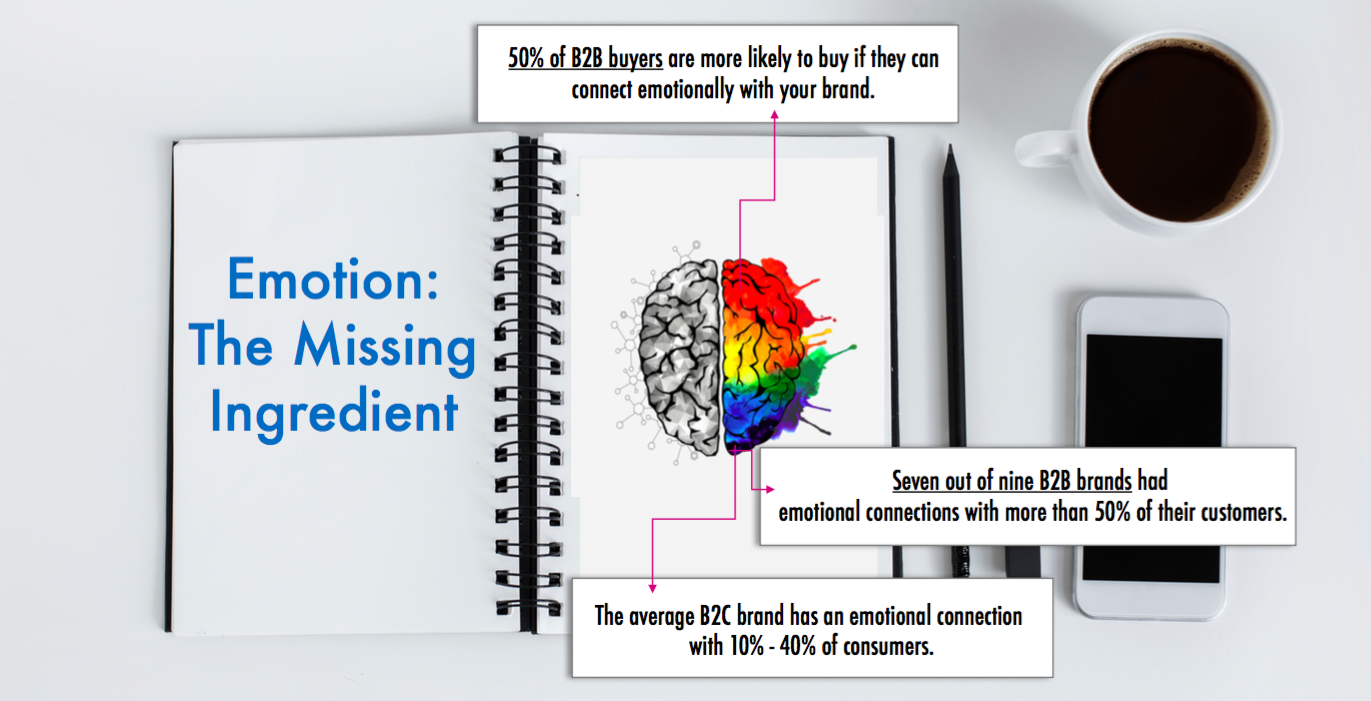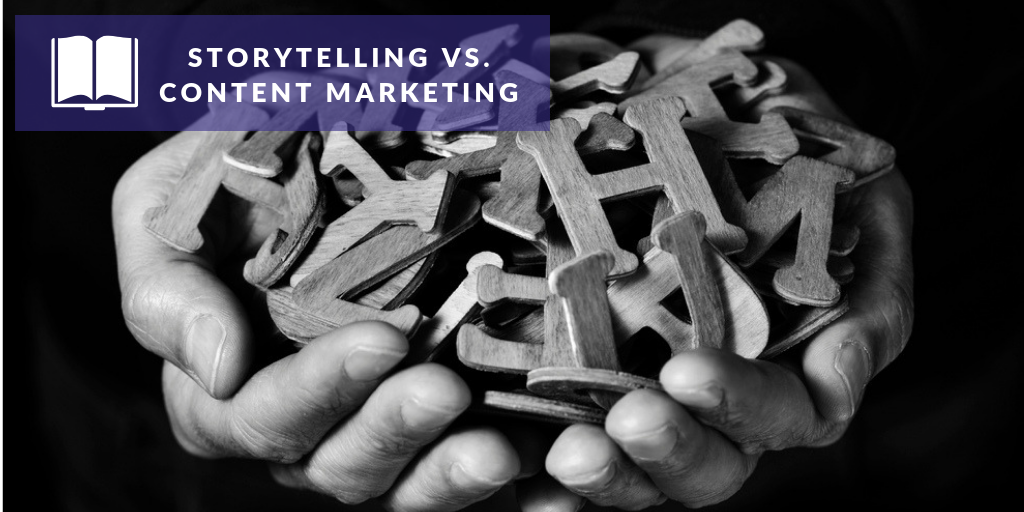Table of Contents
Last Updated on June 10, 2020 by admin
This article is the second in a series that will deep-dive into the world of true storytelling for complex industries—specifically, fintech. This week, we look at Storytelling vs. Content Marketing. This article is authored by and based on the experience of our CEO & Chief Storytelling Officer, Ashley Poynter. You can view part 1 here.
Corporate Stories 101
Every story covers the basics I learned in J-school: who, what, where, when, why, and how. In business, that requires putting yourself in your buyer’s shoes and answering their biggest questions:
- WHAT is my pain point (sometimes I may not even fully understand what it is)
- WHEN is my timeline for a solution? Is this a time-sensitive issue?
- WHY is this an issue for me? Why is it relevant?
- WHERE do I look for a solution?
- WHO can I trust to guide me in the right direction? Who are the market leaders in solving my problem?
- HOW do I solve my problem?
These are table stakes when crafting your overarching brand narrative or even smaller stories about your organization. Obviously, providing basic information about your company is an important part of creating relationships with and satisfying customers. And we know that it’s especially important in B2B, where buyers love doing their own research.
High-quality content created and distributed via a data-driven content marketing strategy is the easiest way to answer these questions.
Content is King, Right?
That’s why we believe content is king, right? The data certainly seems to think so. A recent survey of B2B buyers highlights how hungry they are for good content:
- 45% of buyers are spending more time researching purchases this year(are spending more time researching purchases compared to last year. )
- 76% of B2B buyers want content that speaks directly to their company.
- More than half of all B2B buyers view at least eight pieces of content during the purchase process, and 82% of buyers viewed at least 5 pieces of content from the vendor prior to purchase. (Forrester)
- 73% of B2B buyers say they want a personalized, B2C-like customer experience. (Accenture, 2017)
Based on this data alone, content reigns supreme. Your buyers are hungry for it. They use it to support their purchase process. But the problem is there is a ton of it out there. It’s very easy for people to get lost. Distracted. Frustrated.
We also know that the B2B buying process is complex, especially early-on. Between the Paradox of Choice and the Purchasing Committees, B2B companies face a steep uphill battle in grabbing people’s attention.
What does it look like? John, Jack, and Jill all have a standing Tuesday morning meeting in Conference Room B to review the latest spreadsheet of vendor options. Repeat weekly, ad infinitum. Why? Because they assume they’re making a purchase decision based on business value alone—and so do the vendors. So every week, they put on a pot of coffee and review a matrix of options, features, benefits and prices. But they’re constantly being bombarded with information, making it difficult to find one option that stands apart from the pack.
Storytelling vs. Content Marketing: Content Without Connection is Just White Noise
Content that presents business value and facts alone doesn’t cut it. B2B buyers require an emotional connection to help them differentiate one brand or solution from the next. Stories are a way to forge that emotional connection. By presenting prospects with a story, you can address their top business challenges and answer their most pressing questions while inspiring an emotional connection that helps them justify choosing you over your competition.
To paint a better picture, Let’s look at the difference between straightforward content and a story.
Content
Story
There’s a clear contrast between storytelling vs. content marketing. They both provide a decent amount of information to the buyer, but one has created a relatable (and fun!) story around the product while the other simply produces the facts. The latter reaches out to viewers and quietly whispers “Psst, hey. This could be you. Do you want this to happen to your business?” It elicits a bit of an emotional response.
Emotion: The Missing Ingredient
In the conversation around storytelling vs. content marketing, one thing is certain: emotion has long been the missing ingredient in B2B marketing. Some major B2B brands (like HP above) have mega marketing budgets to embrace the storytelling angle. But most organizations overlook the fact that B2B buyers rely on emotions to make purchasing decisions. Instead, B2Bs produce very dry, authoritative marketing material that is devoid of any hook. We get content that simply presents the facts when we really need storytelling that adds color and context and emotion. B2B marketers need these “softer” elements because, while covering the facts of what your business does and how you do it and at what cost is certainly important, it turns out that may not really be the deciding factor for buyers. Some prominent research on this topic was conducted by Google in partnership with Motista and CEB. And what they found was:

The bottom line is that B2B buyers face bigger risks when making a purchase decision than regular consumers do. Millions of dollars, short- and long-term business performance, and people’s jobs are at stake. Of course B2B buyers need the extra emotional push to get them over these key risks.
Stay tuned next week for the following part of the series. In the meantime, download our Fintech Marketing Playbook to get a winning strategy for telling better stories that achieve desired business objectives.




